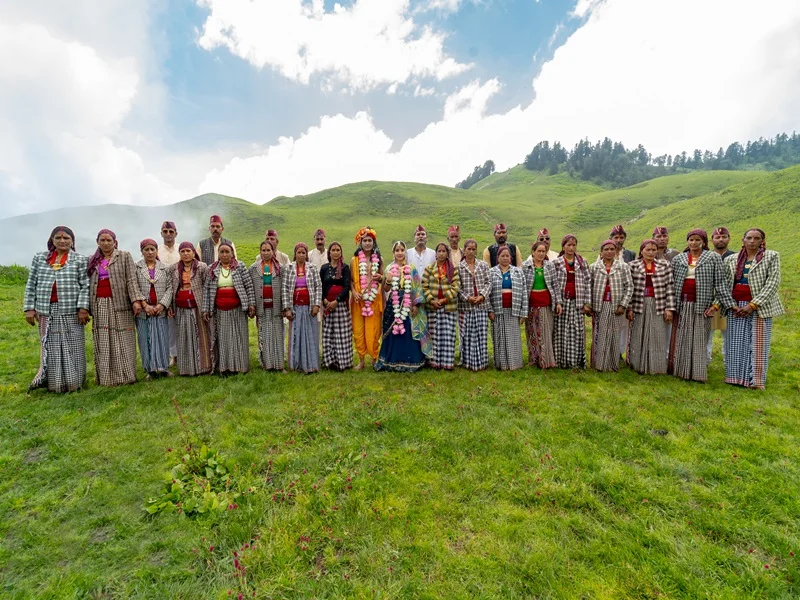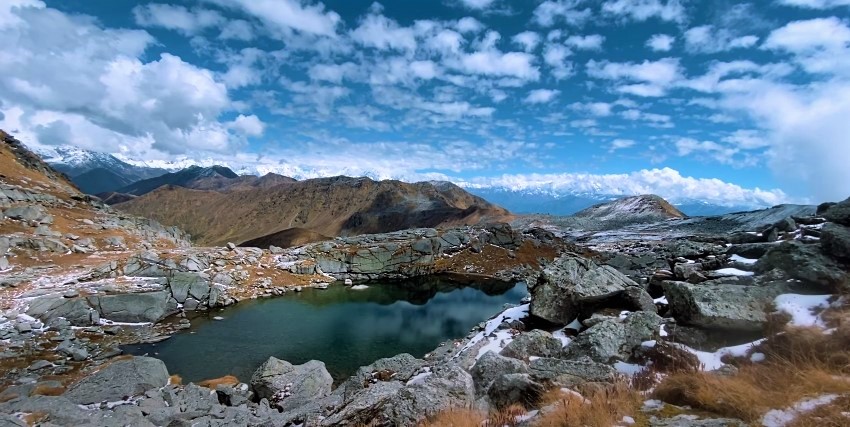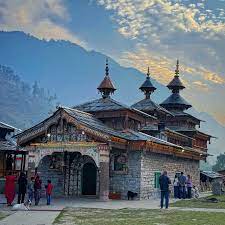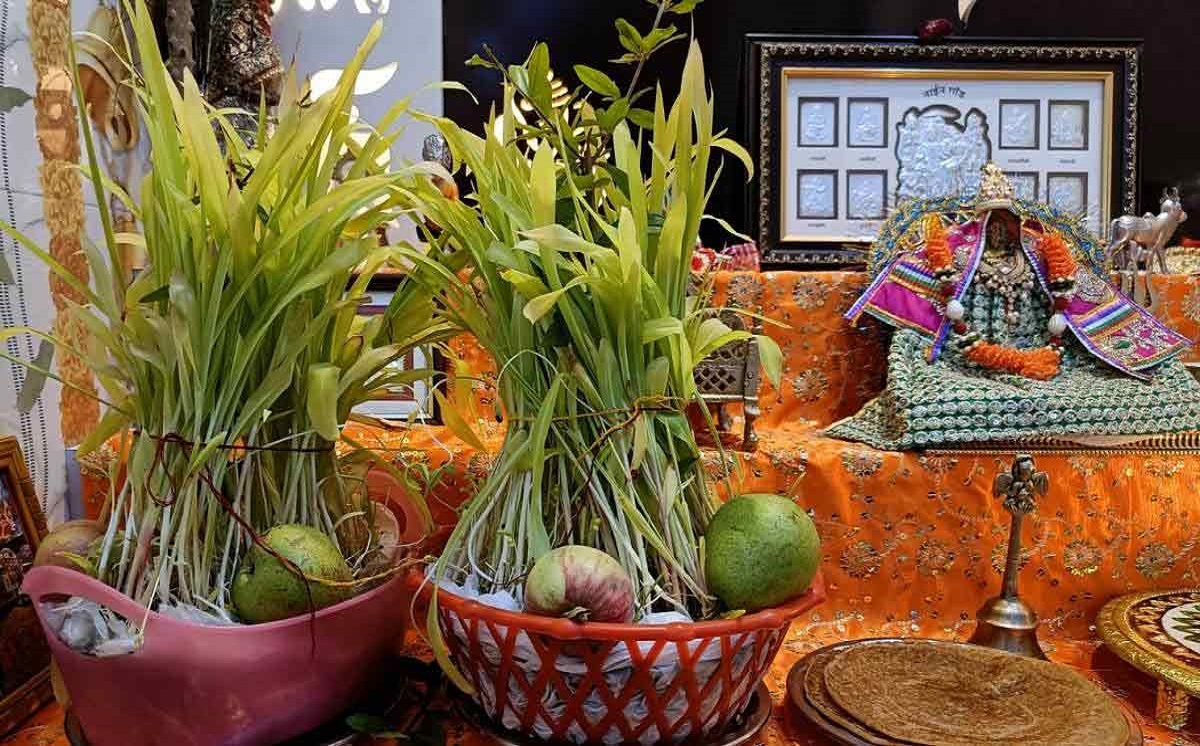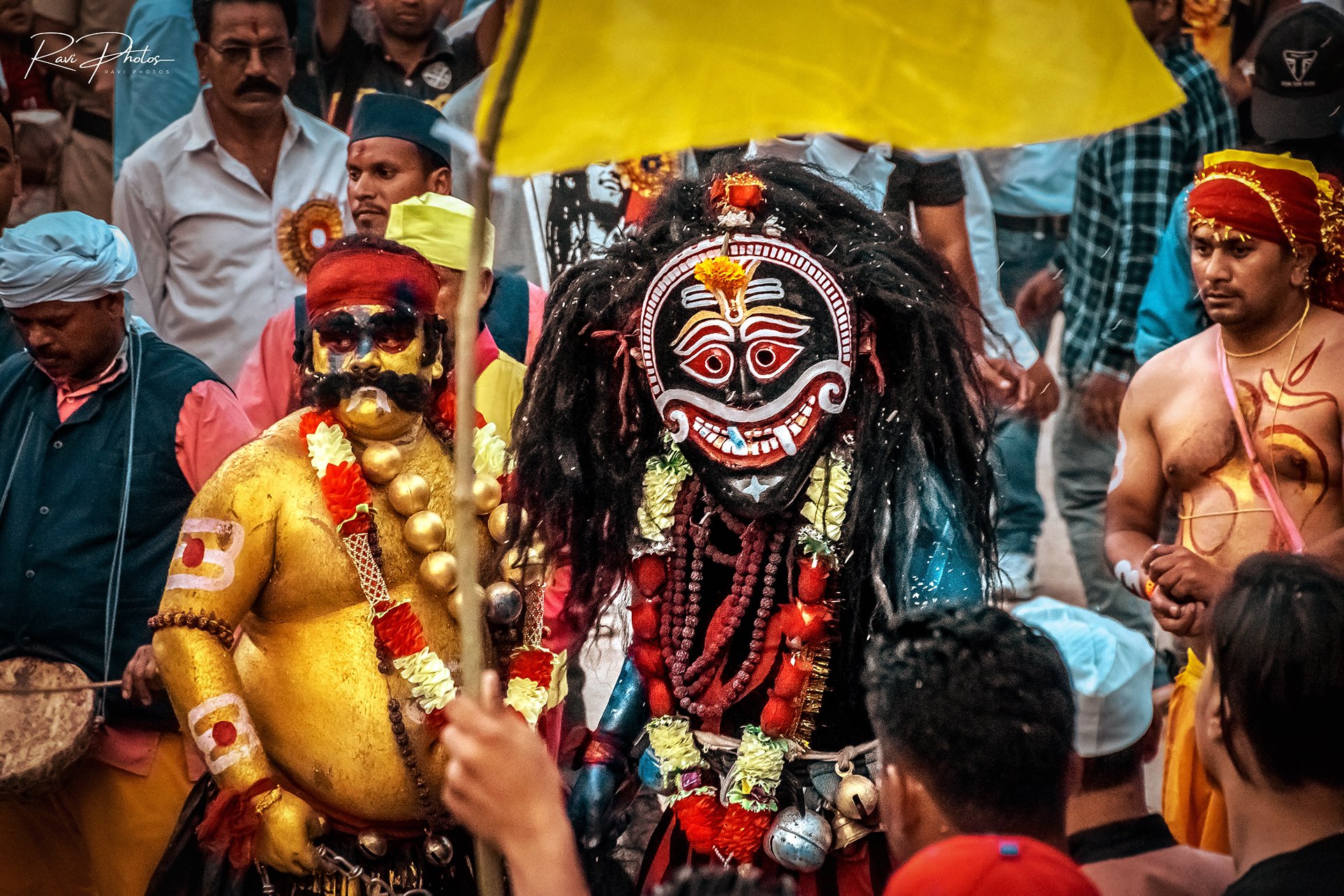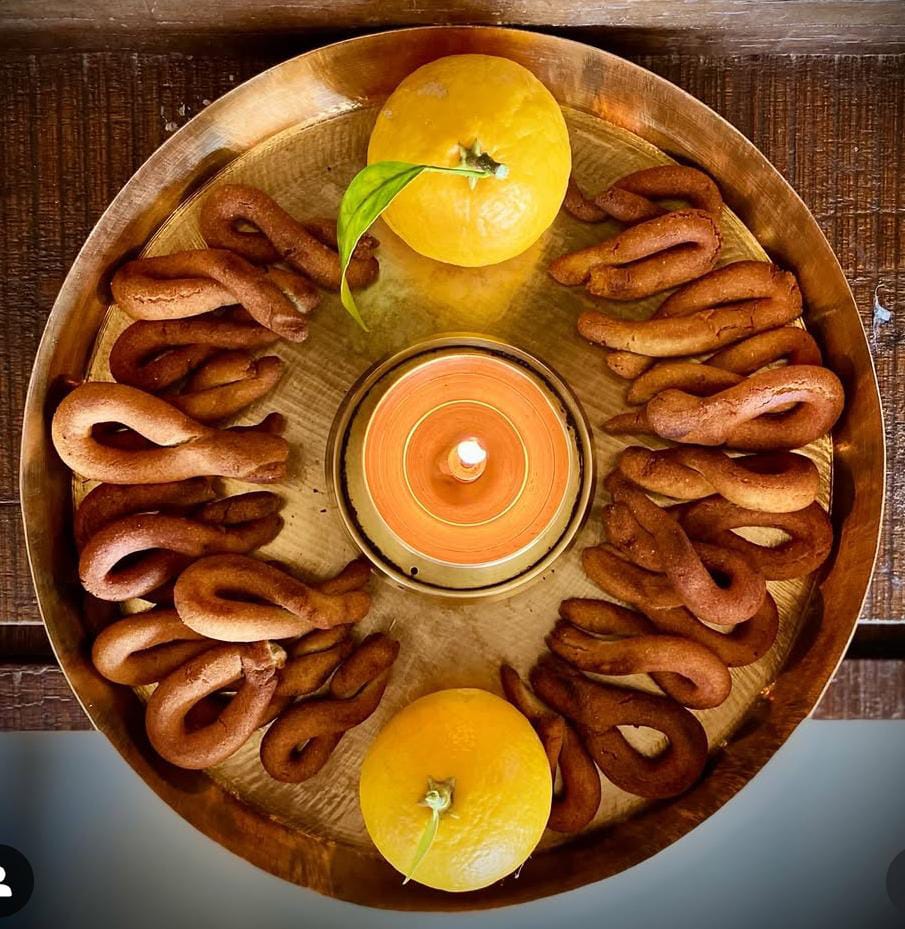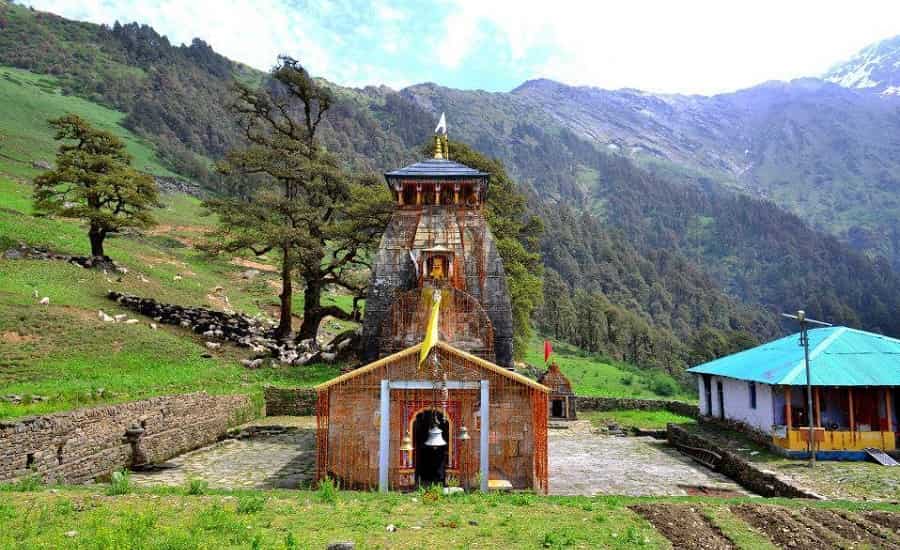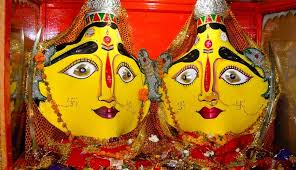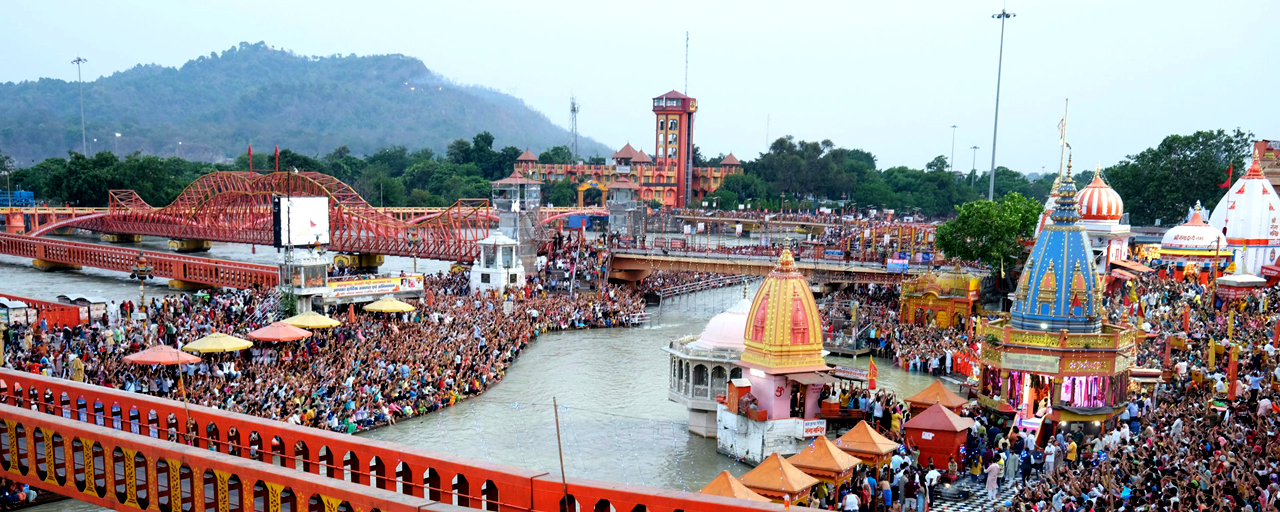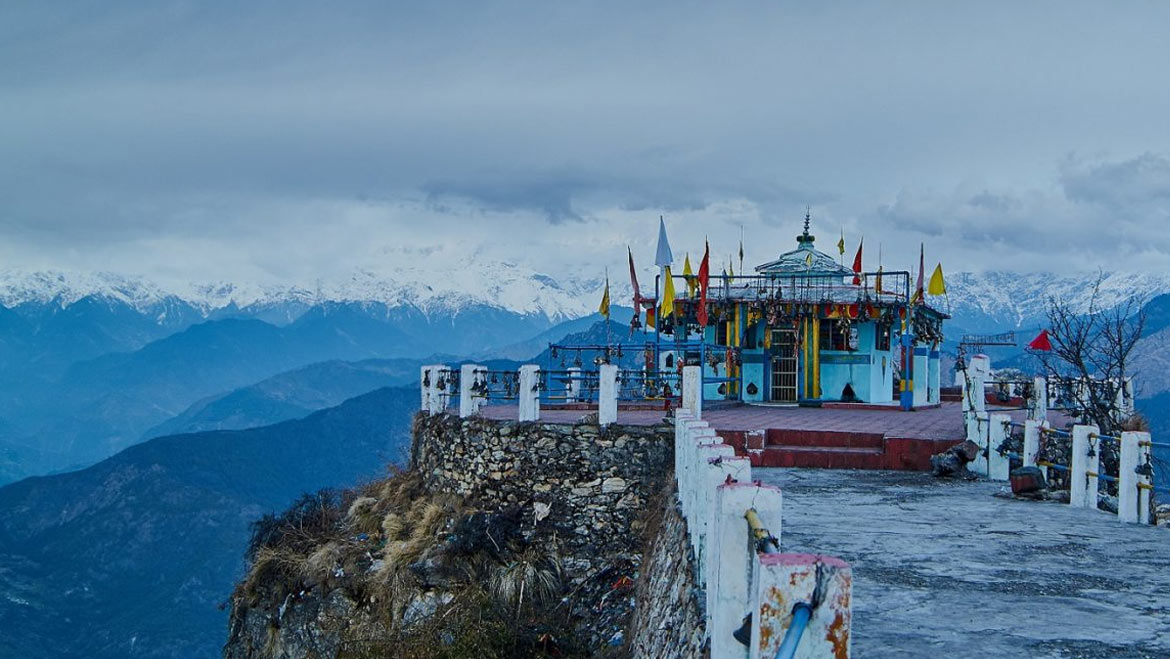In the high meadows of Uttarkashi, where the wind whistles through very well-forested areas and the grass rolls with no end in sight, there is a festival that doesn’t shine with lighting fixtures or noise, but glows with laughter, songs, and butter. It is known as Anduri Utsav (अंडूरी उत्सव), or the Butter Festival (बटर फेस्टिवल). Celebrated each year in Dayara Bugyal (डायरा बुग्याल), this subculture is as old as the pastures themselves. It is not just a party; it's far more than Thanksgiving to nature, farm animals, gods, and community.
A Festival Born from the Meadows
For generations, families from Raithal and nearby villages have taken their farm animals up to the alpine meadows in summer. The animals graze freely, developing sturdy on herbs and grasses. But because the season ends, they have to go back to the villages. Before leaving, the people are expected to give thanks. This is how Anduri commenced.
The butter, curd, and milk are not luxuries here. They exist. They feed families, sustain kids, and keep villages alive through long winters. So when butter is smeared on faces and curd is poured in playful splashes, it isn't a waste. It is a prayer.
Morning Preparations in Raithal
On the day of the pageant, Raithal wakes up before the sun. Women put together baskets with butter (मक्खन), curd (दही), and small pots of buttermilk (छाछ). Men track drums, dhol (ढोल) and damau (दमाऊ), their deep beats echoing across the ridges. Children chatter excitedly, their faces glowing with mischief.
Families get dressed in shiny clothes. Women put on pink scarves, glass bangles that clink softly, and silver adornments handed down from mothers. The air itself feels festive, filled with devotion and playfulness.
The Walk to Dayara Bugyal
From Raithal, people set out collectively. The direction winds through forests of alpine and rhododendron. The climb is constant, and voices upward push in folk songs (लोकगीत) that keep tired feet shifting. By the time they attain Dayara, the meadow stretches huge and green, framed by snowy peaks, Bandarpunch (बंदरपुंछ), Srikanth (श्रीकंठ), and Draupadi ka Danda (द्रौपदी का डंडा).
The meadow itself seems to wait, geared up to become the stage for a party.
The Ritual of Butter and Curd
Once everybody gathers, the rituals start. Butter and curd are presented first to the gods, especially Someshwar Devta (सोमेश्वर देवता), protector of cattle and fields. Small shrines are embellished with vegetation, grains, and lamps. Elders whisper prayers, asking for healthy animals, fertile land, and safety for his or her households.
Then the play starts off evolved. Faces are smeared with butter, curd is splashed like water, and laughter is louder than the drums. It is Holi without hues Holi with butter. The youngsters squeal as they chase one another, their cheeks shining with white streaks. Even the elders can not face up to. They smile, they are a part of it, letting themselves be younger again.
Dance, Music, and Stories
No festival in the hills is entirely without dance. Circular shape, drums beat quicker, and those circulate to the rhythm of Jhora (झोड़ा), Barada Nati (बरड़ा नाटी), and Chholiya (छोलिया). Women balance copper vessels (ताम्बे के लोटे) on their heads while swaying to the beat. Men clap, stomp, and shout people's chants.
The air fills with vintage songs, testimonies of heroes, of gods, of the mountains themselves. These songs are greater than amusement. They are memory, stitched in rhythm, maintaining records alive for the next era.
Scenes of Community
The splendor of Anduri lies not in grandeur but in the small details. An antique woman, her brow coated with sindoor, presses butter onto her grandson’s nostril and laughs. A group of young boys rolls within the grass, their garments stained white with curd. A drummer, sweat dripping from his forehead, closes his eyes as he beats the damau with all his energy.
Nearby, ladies share food from their baskets, flatbreads (रोटी), aloo ke gutke (आलू के गुटके), and pickle (अचार). A whiff of smoke rises from a corner wherein tea is brewing in huge brass kettles. Conversations float within the air, approximately harvests, approximately children reading in Dehradun, approximately the price of ghee inside the markets. The pageant is joy, but it's also a network.
Why Butter Matters Here
For outsiders, smearing butter might also look like play. For the villagers, it's something far deeper. Butter is shuddh (शुद्ध – natural), a symbol of nourishment and blessing. When it touches the pores and skin, it feels like both a laugh and sacredness. It is their way of pronouncing thank you to the cows and buffaloes that feed them, to the meadows that maintain them, to the gods that defend them.
In each smear of butter, there is religion. In every splash of curd, there's gratitude.
When the Sun Begins to Fall
As the day wears on, the tune slows, the laughter softens, and those start to collect their assets. The meadow looks one-of-a-kind now, trampled grass, streaks of white curd on rocks, worn-out, however, smiling faces everywhere.
Before leaving, households bow their heads one last time on the shrines. Some touch the soil, urgently, they touch it to their foreheads. The cattle are led slowly down the slopes, bells clanging softly in the night light. The meadow empties, but its reminiscence lingers.
Why Anduri Still Lives On
In a world that changes too quickly, Anduri Utsav remains rooted. It reminds people that their survival depends on nature, cattle, and community. It reminds children that joy doesn’t come from glittering lights but from simple acts, dancing in grass, eating curd, singing under open skies.
Even as tourism touches the region, villagers protect the festival’s essence. For them, Anduri is not a performance. It is life itself.
Closing Thought
Anduri Utsav (अंडूरी उत्सव) is not about grandeur. It is about gratitude. It is butter on a child’s cheek, curd in the palm of a grandmother, songs echoing across meadows, and drums carrying prayers to the peaks.
In Dayara Bugyal, as the sun dips and the people descend, you realize something. Festivals here are not meant to impress; they are meant to connect. To connect people with their land, their gods, their animals, and above all, with each other.
Anduri is not just a festival of butter. It is a festival of belonging.

